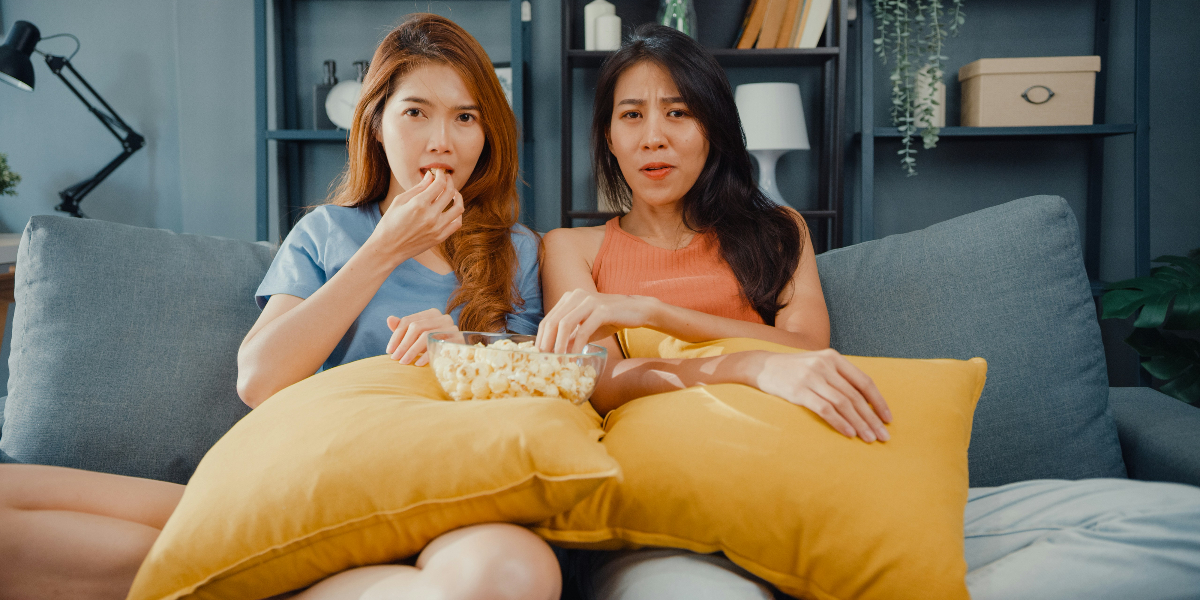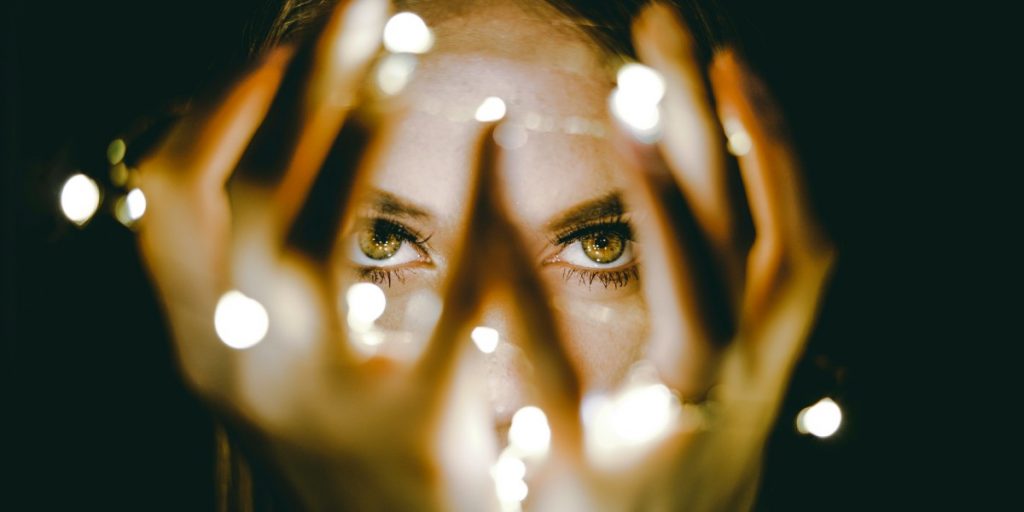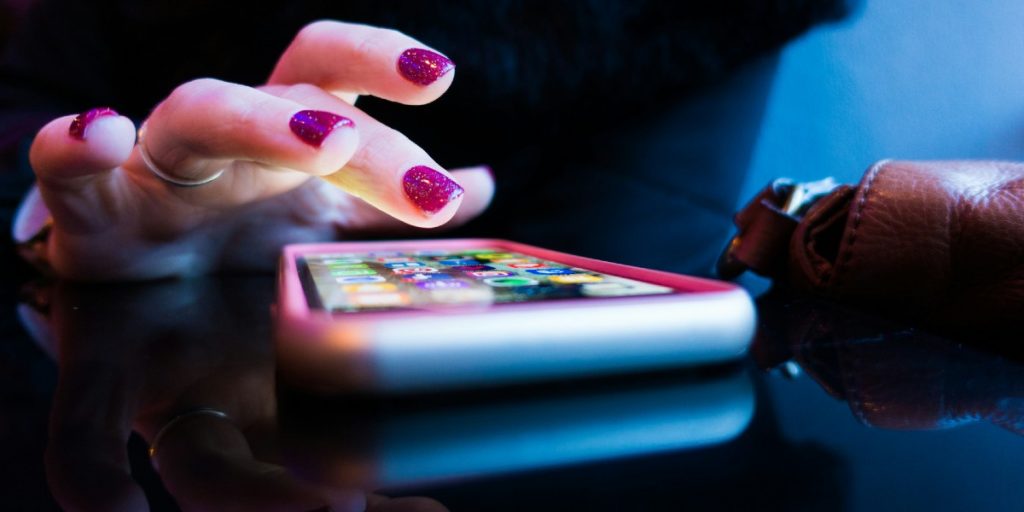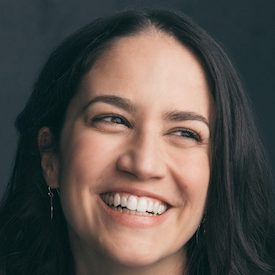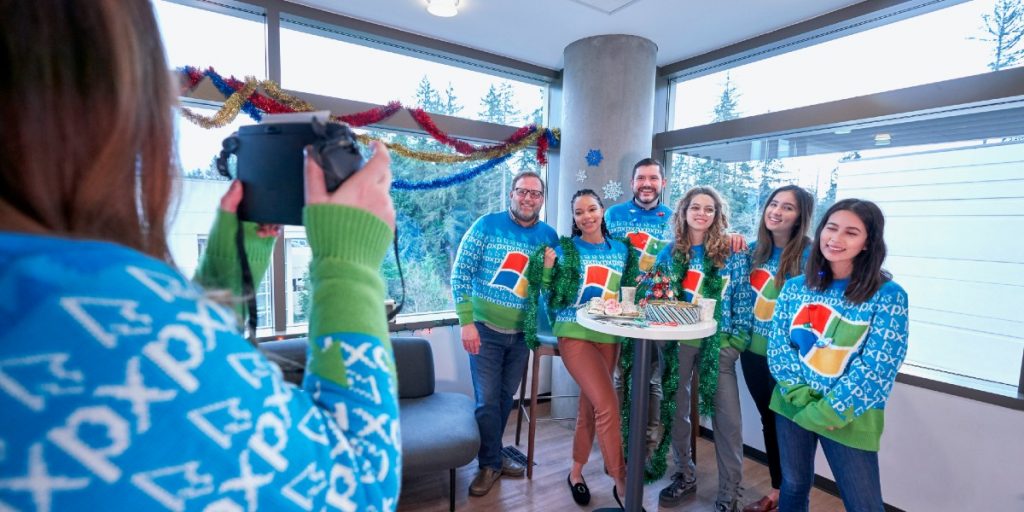Emily Nussbaum is a staff writer at the New Yorker magazine. She has also worked as an editor and writer at New York Magazine, where she created The Approval Matrix. Her work has also been published in Slate, The New York Times, Lingua Franca, and Nerve, among other publications. In 2016, she won the Pulitzer Prize for Criticism.
Below, Emily shares five key insights from her new book, Cue the Sun!: The Invention of Reality TV. Listen to the audio version—read by Emily herself—in the Next Big Idea App.

1. Reality television isn’t new.
I first thought about writing a reported book about reality TV back in 2003. At the time, Survivor was an established, massive global blockbuster. The internet was still fairly new, and I had started watching a strange show in secret streaming (a series called Big Brother) online, telling no one about it. The new entertainment genre seemed strange and fascinating and more than a little bit embarrassing. It seemed like there might be a good book in it. But when I told my friend about the idea, he had one response: you better write that fast.
He told me that reality was a fad that would be gone in a year or two. By the time I returned to writing about reality, it had become a muscular industry. It was going nowhere, but I still considered it a modern genre. I figured it went back to Survivor or, at most, to The Real World in the early 90s. Like many people, I viewed it as a symptom of cultural change. It seemed like there had been a rise in narcissism now that cameras were everywhere—even on our phones. But early in my research for this book, I realized that wasn’t true at all. These shows had a much longer lineage going back 70 years to the age of the audience participation show on live radio.
In the 1940s, audience participation shows on radio set off a moral shockwave that was nearly identical to the modern one. Onlookers were riveted and appalled by the sound of ordinary people spilling their secrets to the world. On some audience participation shows, civilians took dares or offered up funny stories. Others were called sob story formats, like Queen for a Day, in which women competed for who had the most terrible life, and the winner was decided by an applause meter in the audience. There was a show called Blind Date that featured soldiers and single women flirting through a wall just as they would many years later on The Dating Game and Love Is Blind. And then there was Candid Microphone, which was the first version of Candid Camera: a controversial prank show that shocked the world by secretly recording its subjects. Critics were generally grossed out by the audience. Participation shows were reviewed as vulgar, crude, and exploitative. Regular viewers, however, couldn’t get enough of them.
2. Reality TV is a strikebreaker.
One of the main reasons reality TV stuck around was that it was cheap from a network perspective. It’s a shrewd budgetary tactic, a way of churning out content without paying writers or actors. This was true early on when radio actors complained about competing with a bunch of unpaid nobodies. It was true in the late 1960s when a mop-top maniac named Chuck Barris infuriated Hollywood by rolling out cheap, salacious shows like The Newlywed Game and The Gong Show. It was also true in 1989 when a TV hopeful named John Langley, who couldn’t sell a show called Cops, finally got the go-ahead from FOX because they were desperate for content in the wake of a looming strike.
“It’s a shrewd budgetary tactic, a way of churning out content without paying writers or actors.”
But just because something is cheap doesn’t mean it’s not creative. In the early 1990s, MTV hoped to make a scripted soap opera about people in their 20s living in New York. The network realized that to do that, they would have to pay writers and actors and work with unions, which was a no-go for a small cable channel. Instead, creative partners John Murray and Mary-Ellis Bunim devised a way to do the show at a much lower budget. They found seven strangers and had them live in a house to find out what happens when people stop being polite and start getting real? In the process, they transformed television. The Real World became the first reality show to feel entirely modern, with a staged house surrounded by cameras, a diverse cast of people who’d never met, set up to fight and flirt, a modern editing style, and intimate confessionals.
3. Reality TV broke the rules.
Here’s how I define reality TV in Cue the Sun!: It’s what you get when you take cinéma vérité documentary (a fancy-pants, highbrow, prestige cinematic discipline that requires an artist to set up a camera and then quietly wait for something truthful to emerge) and you cut a cinéma vérité documentary as if cutting a drug with a faster, more aggressive, more commercial TV formula—something that can be repeated over and over again. That might be a game show. It could be a soap opera or a prank show. Sometimes, as with the brilliantly innovative format for Survivor, all three combined. Either way, a great reality creator knows how to build a system that can reliably pressure cast members instead of just waiting for them to do something, breaking the rules by squeezing out shocking, moving, or funny responses using any means necessary.
The main rule that reality TV broke was the obvious one: It turned regular people into celebrities, which shocked the entire culture. One of my favorite chapters in the book is about a 1973 show called An American Family, an experimental documentary on PBS about a single family in California—Bill and Pat Loud, and their five teenage children. In certain ways, An American Family doesn’t look like a reality show in the way that I’ve been describing. It was dreamy and slow-paced, and it was also pretty expensive. It was actually supposed to be a cinéma vérité documentary that aired on a fancy network, but it captured subject matter that absolutely shocked American viewers. A mother was seen asking for a divorce on camera, and her openly gay son (the wildly charismatic Lance Loud) was living in downtown New York in the Chelsea Hotel. The way the media and the public reacted to An American Family turned it into the first reality show train wreck, and the Louds themselves became the first true reality stars—famous for being famous.
I interviewed the remaining Louds as well as the Raymonds, the married couple who filmed them for the show. These two parties are not speaking anymore. The experience of going through An American Family wound up splitting everyone apart.
4. Pay complete attention to the people behind the camera.
My book includes profiles and interviews with the people who built some of the biggest reality hits, including swashbuckling entrepreneurs like Candid Camera creator Allen Funt, The Gong Show host Chuck Barris, Cops creator John Langley, Real World masterminds John Murray and Mary-Ellis Bunim, Mike Darnell of the FOX network, inventors of The Bachelor Mike Fleiss and Lisa Levinson, and Survivor producer Mark Burnett. This eccentric group was willing to cross all sorts of lines to get their shows made, but I was equally interested in everyone else who worked in the reality genre. I interviewed more than 300 workers in the industry, including cast members, field producers, camera and audio operators, casting people, task creators, and editors, most of whom had to create their jobs from scratch because these kinds of shows hadn’t existed.
“This eccentric group was willing to cross all sorts of lines to get their shows made.”
Producers talked to me about the craft of their job when they started working in the field, about getting cast members to open up and do things like cry on camera. I talked to camera operators who described filming starving castaways on a desert island for the first season of Survivor. There were reality editors who bragged to me about their craft, including dark arts like “Frankenbites,” in which you take a few unrelated sounds and then stitch them into a sentence that no one has ever said.
What people see when they watch reality shows is a collaboration with one invisible side. Every bit of drama is the residue of the deep, complex, creative, and sometimes unsettling and imbalanced relationship between the people on camera and the people behind it.
5. The faker reality is, the more ethical it is.
Some of the most powerful aspects of reality television—the shocking and poignant moments of surprise, the strong feelings like fear or love that come across on people’s faces—are genuinely authentic. A lot of the power of watching a reality show comes from seeing the mixture of fake and real, the crafty way that people who make these shows blend authentic elements with contrived ones. But a lot of what made the shows I write about in this book so powerful and also, frankly, so unnerving was that the cast members genuinely had no idea what they were getting into when they signed up to make the show. The more naive a cast member was, the more real their response was. As the reality industry has grown, many cast members have gotten significantly savvier.
Anyone who tries out for Survivor is a fan of Survivor. The same is generally true for a show like The Bachelor. A big chunk of young people live their public lives acting as their own reality producers, playing themselves on Instagram and social media for economic reasons. Many scripted shows have also gotten far more artificial. They’re what people in the industry call soft scripted, and here I’m talking about shows like The Real Housewives and The Kardashians, where the stars step up to do what are essentially campy performances of their own lives in deep collaboration with the people filming them. They’re more like scripted actresses, although they certainly don’t get the same type of pay or any of the residuals.
That’s become the perverse conundrum of reality programming. The faker a show is, the more ethical it is. For many decades, innocence had been the secret sauce of reality production. Lately, that’s been in short supply.
To listen to the audio version read by author Emily Nussbaum, download the Next Big Idea App today:












